
Succulent Flowers: Pollinator Adaptations in Arid Regions

Introduction
Succulent flowers are often a delightful sight in the arid regions where they thrive, bringing color and life to otherwise harsh landscapes. Succulents are characterized by their thick, fleshy tissues that store water. This unique adaptation allows them to survive in extremely dry environments, but their flowers are not merely a display of beauty—they play an essential role in pollinator interactions. The relationships between these flowering plants and their pollinators are fascinating and complex, showcasing the myriad ways in which evolution has crafted survival strategies for both parties in environments that present significant challenges.
This article delves deep into the world of succulent flowers, exploring the various adaptations that have evolved in these plants to attract and cater to pollinators in arid regions. We will examine specific examples of succulent species, the types of pollinators they attract, and how both plants and pollinators have adapted over time to thrive in harsh climates.
The Unique Characteristics of Succulent Flowers
Succulent flowers have several distinctive features that set them apart from flowers in more temperate climates. One primary characteristic is their size and shape. Many succulent flowers are large and often brightly colored, aimed at attracting the attention of pollinators. The colors range widely, from vibrant yellows and oranges to deep reds and purples, providing a striking contrast against the often muted tones of the desert landscape. Furthermore, the morphology of these flowers is often specialized. For instance, tubular flowers are common in certain succulents, which are specifically designed to be pollinated by birds, particularly hummingbirds. These birds have long bills that can easily access the nectar located deep within the flowers, ensuring an effective pollination process.
Another key characteristic is the timing of flowering. Many succulents have adapted to flower during specific times of the year when pollinators are most active. In arid environments, this typically occurs after rains or during the cooler daytime hours, such as early morning or late afternoon, to reduce water loss. This adaptation not only maximizes the chance of pollination but also aligns with the life cycles and feeding habits of their pollinators, enhancing reproductive success.
Moreover, many succulent flowers are designed to withstand the extreme conditions typical of arid regions. This includes short-lived blossoms that capitalize on fleeting rain events, delicate yet robust structures that can endure strong winds, and leaf arrangements that minimize water loss during flowering. These adaptations are crucial for survival, as successful reproduction often hinges on the ability of the flowers to attract and sustain pollinators in climates where water is a limited resource.
Pollinator Diversity in Arid Regions
The diversity of pollinators attracted to succulent flowers in arid regions is impressive, ranging from insects to birds, each bringing unique adaptations and behaviors that complement those of the plants. Insects, particularly bees, butterflies, and moths, play pivotal roles in the pollination of many succulent species. Bees are especially vital because they have a keen sense of smell and can remember floral patterns, making them efficiently versatile at locating flowers containing nectar. They are particularly drawn to succulents that offer abundant sources of pollen, as many species within arid regions produce flowers specifically crafted to attract these pollinators.
Moths, particularly nocturnal species, are attracted to fragrant flowers that open at night. Some succulent flowers release their scent after sunset, effectively inviting moths and enhancing their chances of pollination during cooler evening temperatures. The timing and fragrance of these flowers are adaptations that ensure their pollinators can thrive while attempting to fulfill their ecological roles in such challenging landscapes.
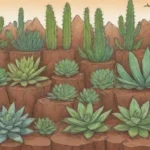 How Succulents Use Thorns and Spines for Survival in Biomes
How Succulents Use Thorns and Spines for Survival in BiomesBirds, particularly hummingbirds, are also significant pollinators for many succulent species. Hummingbirds are attracted to vibrant colors and are capable of hovering in front of flowers to access nectar. Their presence is critical to plants that exhibit elongated, tubular flowers specifically adapted to accommodate their long bills. The interaction between hummingbirds and succulent flowers demonstrates a remarkable co-evolution, where each species has shaped the characteristics and behaviors of the other, creating a symbiotic relationship that thrives in harsh environments.
The Role of Nectar and Fragrance
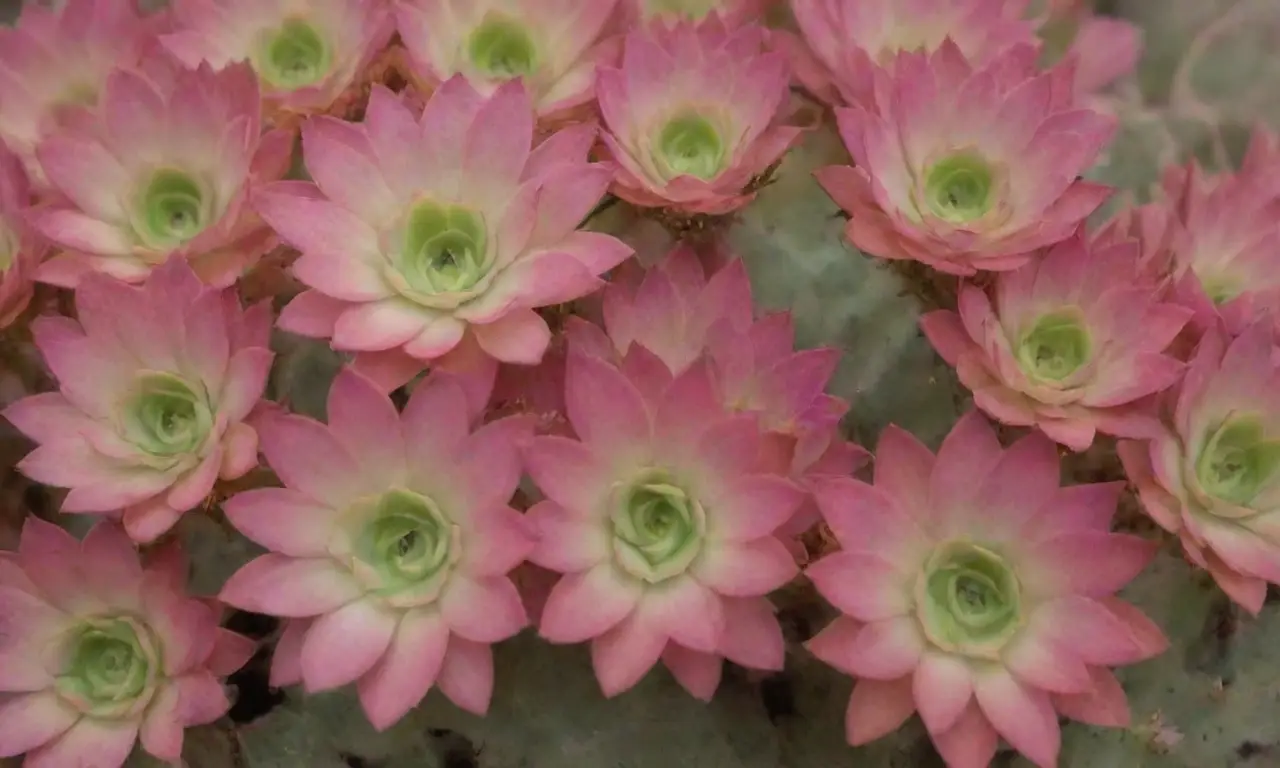
Nectar is a vital resource for pollinators, and succulent flowers have evolved specific strategies to produce nectar that attracts various species. The composition and volume of nectar can vary significantly among different succulent species, influenced by factors such as environmental conditions and the specific pollinators they are adapted to attract. For instance, some succulents produce nectar that is high in sugars, appealing to hummingbirds, while others may have nectar that contains specific compounds attractive to moths and bees.
In addition to nectar, the fragrance emitted by succulent flowers plays a crucial role in attracting pollinators. Many succulents have fragrant flowers that release volatile compounds meant to lure in visitors from considerable distances. The scent profiles can vary widely; some flowers emit sweet, floral notes, while others may have musky or earthy aromas, each appealing to different types of pollinators. For example, the Saguaro cactus (Carnegiea gigantea) produces flowers with a sweet fragrance that attracts a variety of pollinators, including bats, moths, and bees, effectively enhancing its reproductive strategies.
Moreover, the timing of fragrance release can be an adaptive trait, with some succulent flowers scenting themselves predominantly at night to attract nocturnal pollinators. This not only facilitates successful pollination but also helps ensure that their reproductive cycles coincide with the active periods of their specific pollinators, creating a finely tuned ecosystem where both plants and animals collectively contribute to the survival of their species.
The Impact of Climate Change on Succulent Pollination
As climate change intensifies, arid regions are experiencing unprecedented alterations that pose significant challenges to the delicate balance between succulent flowers and their pollinators. Shifts in temperature and precipitation patterns disrupt the synchronized life cycles of both succulents and their associated pollinators. For example, with rising temperatures, flowering times may occur earlier or later in the season, potentially misaligning with the active periods of pollinators. This disruption can lead to reduced pollination success, affecting the reproductive success and survival of both succulents and pollinator species.
Furthermore, as the availability of resources fluctuates due to climate change, competition for nectar and pollen among various species can increase. Some pollinators may adapt by changing their foraging behaviors, while others may struggle to survive in altered environments. This scenario presents a unique set of challenges that can lead to a decline in pollinator populations, ultimately influencing entire ecosystems. Loss of pollinators not only impacts the reproductive success of succulents but also affects many other plant species that rely on similar pollinators, cascading downstream effects throughout the food web.
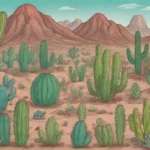 The Evolutionary History of Succulents in Extreme Biomes
The Evolutionary History of Succulents in Extreme BiomesConservation efforts targeting pollinator habitats in arid regions are essential to mitigate the negative impacts of climate change. Efforts can include protecting native pollinator species, promoting the conservation of succulent plants, and restoring degraded habitats. Education and awareness initiatives can also play a role in mitigating these changes, as humans can contribute to both the conservation of these unique ecosystems and the promotion of biodiversity essential for the health of our planet.
Conclusion
The interplay between succulent flowers and their pollinators in arid regions is a compelling narrative of adaptation, co-evolution, and resilience in the face of challenge. Succulent flowers have evolved remarkable characteristics to thrive in conditions that challenge many other plant species. With vibrant colors, unique structures, and strategic flowering times, they cater to a diverse array of pollinators, including bees, butterflies, moths, and hummingbirds. Each of these pollinators, in turn, has developed specific behaviors and adaptations that enable them to effectively glean the resources provided by succulents.
The ecological significance of these relationships cannot be overstated, as they are vital for the survival and reproduction of numerous plant species in arid environments. As we observe the increasing impacts of climate change, it becomes clear that the delicate balance between succulents and pollinators is under threat. This calls for urgent recognition and action to protect these ecosystems, ensuring that both succulent flowers and their pollinators can continue to thrive together.
In summary, the study of succulent flowers and their pollinators not only illuminates the incredible strategies and adaptations of these organisms but also serves as a reminder of our responsibility to protect the natural world. Every flower and pollinator represents a small but essential part of a larger ecosystem. Through education, conservation, and sustainable practices, we have the opportunity to contribute positively to these vital relationships that sustain life in some of the most extreme environments on Earth.
If you want to read more articles similar to Succulent Flowers: Pollinator Adaptations in Arid Regions, you can visit the Biome Adaptations category.

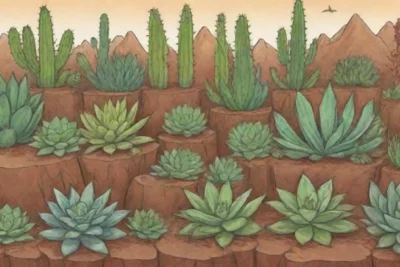

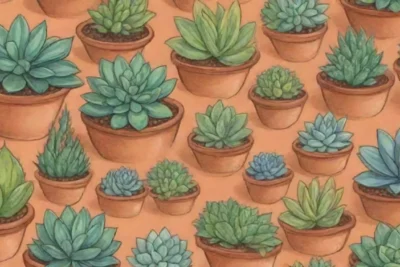
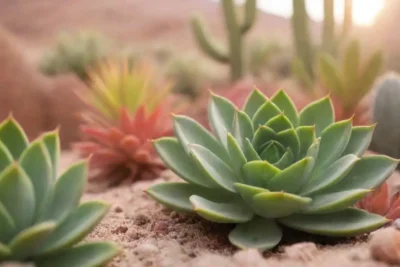

You Must Read